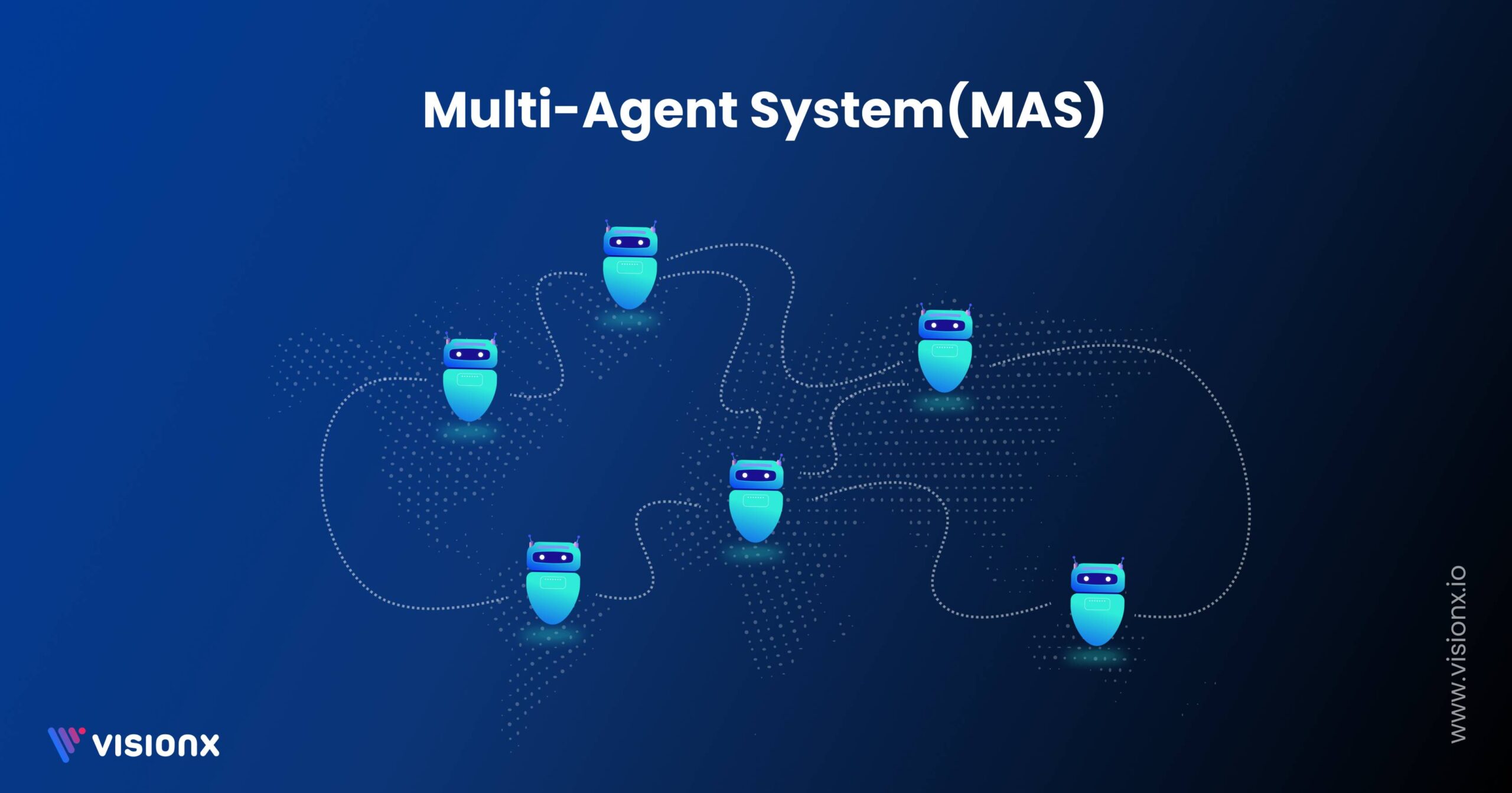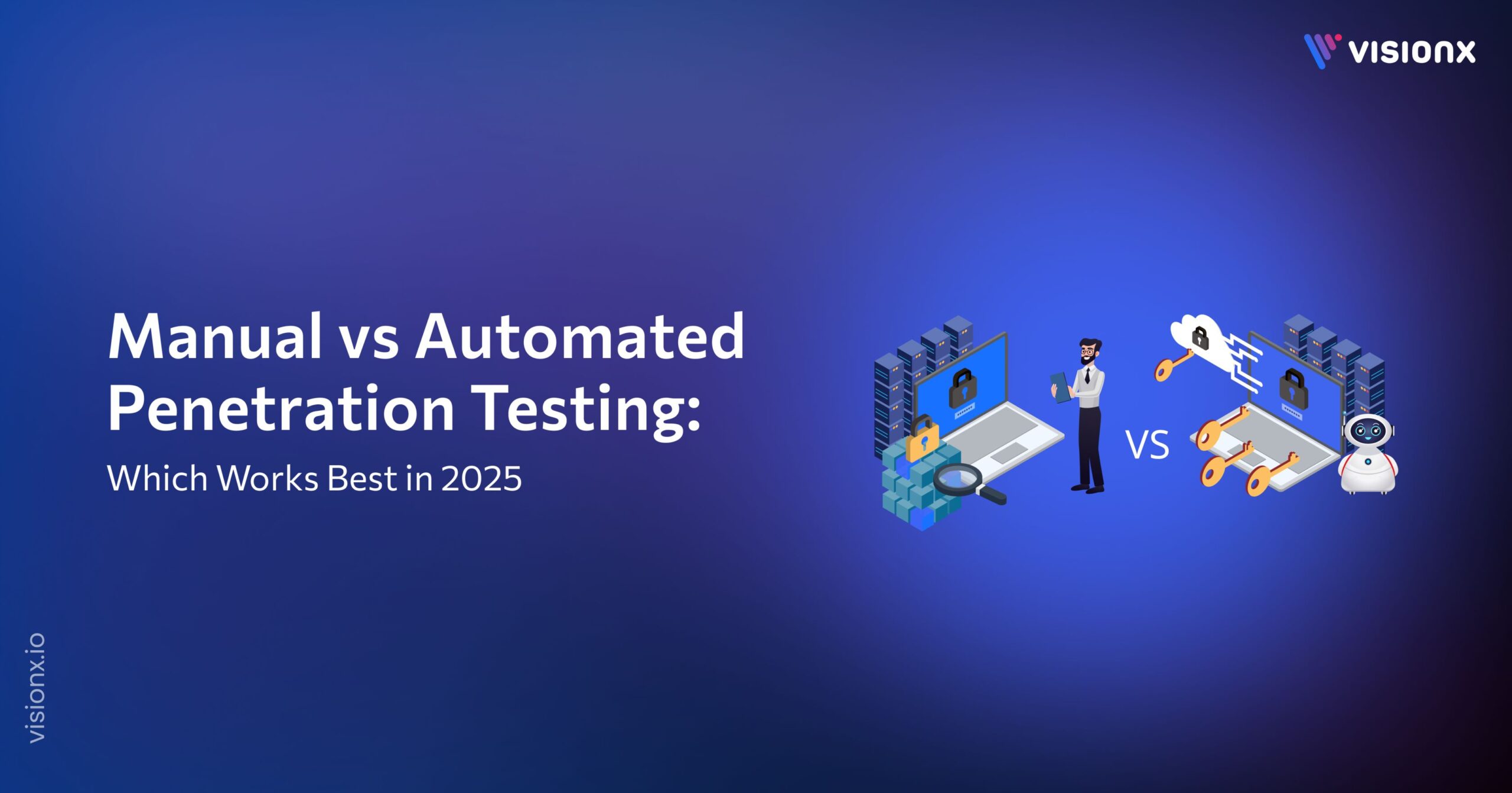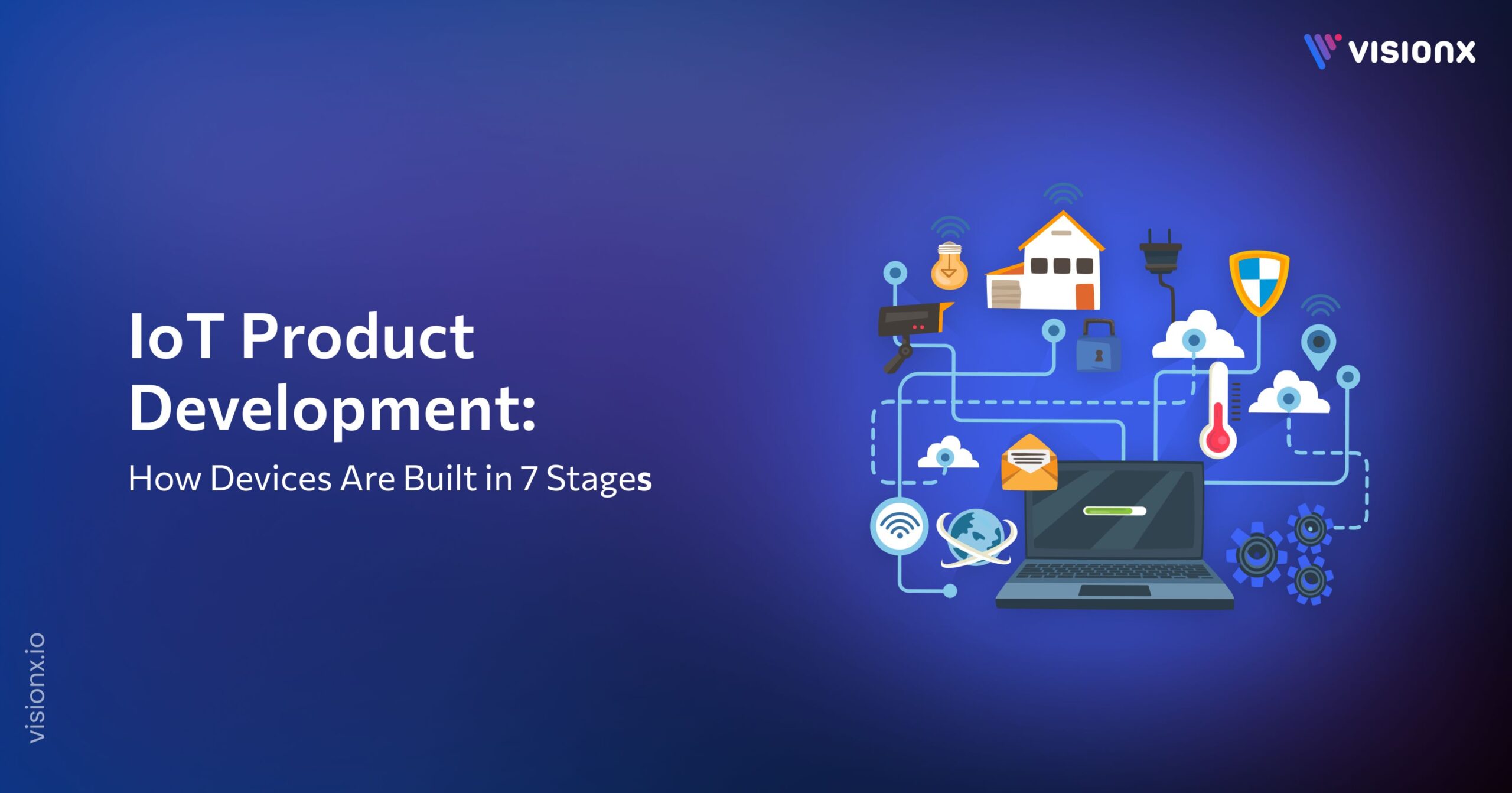Ants build bridges with their bodies. Birds fly in formation without a leader. No one tells them what to do, yet they work as one. Now, picture machines that do the same. Not a single robot in charge. No central brain. Just a swarm of smart parts that move toward a shared goal. That is the power behind multi agent systems. They are teams of digital minds that solve big problems by working side by side.
This idea now drives progress in artificial intelligence, automation, and beyond. The global market for AI agents is expected to expand at a compound annual growth rate of 46.3%, from USD 7.84 billion in 2025 to USD 52.62 billion by 2030. This increase shows how companies depend more and more on intelligent agents to improve productivity and decision-making.
With the rise of multi agent systems applications, we see a shift in how machines tackle real-world problems. Let’s look at how it all works.
What is a Multi Agent System?
A multi agent system is a group of intelligent units that act on their own while working together inside a shared space. Each unit, known as an agent, follows its own rules, makes its own choices, and interacts with other agents to reach shared or personal goals. These systems solve complex tasks that are too large or too uncertain for a single agent to handle.
Because it allows agents to collaborate, adapt, and learn in unpredictable situations, multi-agent AI is a significant component of artificial intelligence in general. Multi-agent systems contribute to the expansion of intelligent machines’ synchronized capabilities as AI advances toward greater autonomy and real-time decision-making.
In fact, according to a recent report, 47% of Fortune 500 companies had implemented multi-agent systems for business process automation.
Key Components That Shape Multi Agent Systems
Three parts shape every strong multi-agent system. Each one plays a role in how agents work on their own, yet still move toward a shared goal.
Autonomy
Each agent acts alone. It makes its own decisions without waiting for orders. This freedom allows the system to grow and adjust. In AI systems, autonomy is what turns simple code into real decision-makers.
Communication
Agents share what they see and what they plan to do. This exchange keeps the group from stepping on its own feet. Strong communication builds trust across the team, whether it is in traffic control or warehouse bots.
Coordination
With clear roles and steady updates, agents avoid conflict and divide the work. They know when to wait, when to act, and when to shift. This is key in many AI applications that rely on agents to finish tasks fast and correctly.
Difference Between Single Agent and Multi Agent Systems
A single-agent system works alone. It sees the world, makes a choice, and acts. There are no teammates to talk to. No need to plan around others. This setup works well for simple tasks. A thermostat. A robot arm. One goal. One brain.
A multi agent system is built for more. It brings in multiple agents that think and act on their own. They share space. They share updates. Some work together. Some compete. Each one brings a piece of the solution.
The biggest gap lies in scope. Single-agent setups fit well in narrow, fixed problems. Multi-agent systems in AI handle scale, change, and conflict. They adapt. They grow. They power complex AI solutions that call for teamwork, speed, and smart judgment.
In fields like robotics, logistics, and AI-powered services, this difference shapes what a system can achieve. One agent can only do so much. A team of agents can reach farther and faster.
Types of Multi Agent Systems
Not all teams work the same way. The same goes for multi agent systems. Their setup depends on the goal, the rules, and how agents interact.
1. Collaborative Systems
In this type, agents help each other. They share data, match goals, and divide the load. This works well in tasks like rescue drones or warehouse bots. These are real-world multi agent systems applications where teamwork leads to speed and safety.
2. Competitive Systems
Here, agents follow different goals. One agent’s win might be another’s loss. Like auctions, smart trading, or game bots. Each agent learns to outthink the rest. These setups push the limits of multi-agent AI in fast, complex settings.
3. Hybrid Systems
Some setups mix both styles. Agents team up at one point and split paths at another. This model fits real-world needs where rules shift and outcomes change. These systems show the true power of artificial intelligence in solving layered problems.
Each type opens a new side of what agents can do. Together, they shape the future of smart, flexible, and scalable AI frameworks.
How Do Multi Agent Systems Work?
Multi agent systems (MAS) function through the collaborative or competitive actions of autonomous agents. Each agent works with a purpose and interacts with other agents to achieve individual or shared goals. The underlying architecture and communication protocols are key to how these systems perform.
Architecture Types of Multi Agent Systems
1. Centralized
In a centralized system, one central controller makes decisions for all agents. It oversees communication and dictates the strategy. This setup is ideal when coordination is important, but may become a bottleneck in larger systems due to its reliance on a single point of control.
2. Decentralized
No central authority exists here. Although each agent functions independently and makes its own choices, they still communicate with one another. Because each agent gets to work independently without requiring central coordination, this design is more adaptable and robust to failures.
3. Hierarchical
A mix between centralized and decentralized systems. In a hierarchical setup, agents are organized into layers. Some agents act as leaders, coordinating with lower-level agents. This structure helps scale the system while maintaining order and efficiency, making it suitable for large, complex tasks.
Communication Protocols & Decision-Making Logic
Communication is a vital aspect of multi agent systems. Agents must exchange information to coordinate actions, avoid conflicts, and align their goals. Communication can be direct (one agent talks to another) or indirect (agents learn from shared environments or signals).
On a decision-making basis, agents make use of reasoning that enables them to act in response to information. Decisions may be reinforcement learning-driven, where agents receive rewards or punishment for their actions, or game theory, where agents expect the actions of other agents and change their actions as a result.
Role of LLMs and Frameworks
Large Language Models (LLMs) like LangChain and LangGraph are crucial in enhancing agents’ decision-making processes.
These frameworks provide powerful tools to integrate natural language processing and knowledge representation into MAS.
For instance, LangChain helps build applications that can interact with external systems through APIs or web data. CrewAI, on the other hand, simplifies collaborative task planning and execution in multi agent systems applications, by providing a collaborative framework.
These tools allow multi-agent systems to improve their coordination, making them smarter and more capable of handling complex scenarios.
Enterprise Use Cases of Multi-Agent Systems
Multi-agent systems (MAS) transform enterprise operations by automating processes, improving coordination, and enhancing decision-making. Below are key use cases where MAS has a significant impact:
Workflow Orchestration in Complex IT Systems
MAS simplifies workflow orchestration by automating tasks across diverse platforms and services. Agents manage operations, monitor system health, and resolve issues autonomously, reducing human error and boosting efficiency. Multi agent systems reinforcement learning helps agents adapt their strategies and improve outcomes.
Logistics and Supply Chain Automation
In logistics, MAS optimizes inventory management, tracks deliveries, and adjusts routes in real-time. This automation boosts efficiency, reduces costs, and enhances customer satisfaction.
Integration with Agentic RAG for Enterprise Data Retrieval
MAS, when integrated with Agentic RAG frameworks, retrieves, analyzes, and generates actionable data. This automation allows enterprises to make faster, data-driven decisions, which enhances business intelligence and operational agility.
Benefits of Multi Agent Systems
Multi-agent systems distribute tasks among agents and unlock potential in unexpected ways, giving them real-world power. Here are some of the benefits;
Swift Execution Across Tasks
In multi-agent systems, agents work in parallel, speeding up processes and reducing delays. While a single agent might take longer to handle large tasks, MAS complete them more efficiently by dividing the workload.
This ability makes them ideal for handling time-sensitive operations in AI applications, which also includes multi agent systems LLM, where large-scale language models interact with multiple agents. Notably, a study demonstrated that a proposed model in multi agent reinforcement learning yielded a 14% improvement in efficiency over a baseline model in goal coverage scenarios.
Seamless Growth with Demands
When complexity or volume increases, multi-agent systems can scale with ease. Additional agents can be introduced to handle the added load without disturbing the system’s flow. Unlike centralized systems, MAS offers unmatched flexibility in accommodating growing needs without losing performance.
Built to Adapt and Overcome
MAS excels in environments where change is constant. Whether it’s adjusting strategies or handling unpredictable shifts in conditions, multi-agent systems adapt quickly, ensuring a high level of resilience. This is especially valuable for industries where rapid response times are essential.
Continuous Operation Through Redundancy
In a multi-agent system, if one agent fails, others seamlessly take over its responsibilities. This built-in redundancy ensures systems continue operating without disruption. Whether in logistics or automated services, MAS provides greater reliability than single-agent setups, making them ideal for critical applications.
How to Build Multi Agent Systems?
Let’s break down how you can build multi-agent systems and bring them together to work in harmony.
- First and foremost, determine what each agent is to accomplish. Do they need to cooperate or compete? Defining this at the outset will help shape the rest of the system.
- Then consider the way you want to structure your agents. Do you want a single control, or do they need to be decentralized? A centralized system may be easier, but a hierarchical or decentralized architecture may be more adaptable, depending on your requirements.
- After you have the framework, you must configure the agents’ communication. Verify that they can readily exchange information. Effective communication is essential for both straightforward messages and more intricate negotiations.
- Now, you’ll want to decide how your agents make decisions. Are they following rules or learning as they go? If you want them to adapt, something like reinforcement learning might be the way to go.
- After everything’s set up, it’s time to test. Run through different scenarios to see how the agents interact. Do they scale properly? Are they working efficiently? Make sure to adjust anything that’s not working as expected.
- Finally, keep an eye on things even after launch. Track how the system performs and tweak things as needed to keep everything running smoothly.
Challenges in Designing and Scaling Multi-Agent Systems
Designing and scaling multi-agent systems brings its own set of hurdles. Here’s a look at some key challenges to keep in mind.
- Scalability and Trust: As the number of agents increases, coordinating them smoothly becomes difficult. Trust among agents and alignment of their goals are essential.
- Security and Ethics: Autonomous agents must maintain security and follow ethical guidelines in decision-making. Particularly when handling sensitive data or working in unpredictable environments.
- Coordination in Real-Time: Managing agents in dynamic, real-time environments presents challenges. Smooth interactions and quick responses are necessary for success.
The Future of MAS: Where We’re Headed
The future of multi-agent systems appears promising, with fascinating developments in the fields of IoT and smart cities. Here’s how the future looks;
- MAS in Edge Computing and IoT: With the emergence of smart cities and IoT devices, MAS will become central to decentralized, real-time system management across applications such as traffic management and energy management.
- Inter-Agent Trust and Adaptive Learning: We can anticipate huge developments in how agents learn to trust each other and adapt to new settings, becoming more intelligent and efficient.
How VisionX Can Assist in Building Multi-Agent Systems
VisionX specializes in developing generative AI solutions that empower businesses to build and scale multi-agent systems effectively. Here’s how VisionX can support your MAS initiatives:
- Custom AI Model Development: VisionX creates bespoke AI models, including those for multi-agent systems, ensuring they align with your specific business objectives and operational needs.
- AI Strategy and Roadmap Development: We collaborate with you to understand your AI vision, helping craft a strategic roadmap that guides the development and integration of your MAS, ensuring scalability and alignment with business goals.
- Infrastructure Selection and Setup: VisionX assists in selecting the most suitable AI infrastructure, whether it’s on-device, edge, or cloud processing, to support the deployment and scaling of your multi-agent systems.
Want a multi-agent system built around your goals? Talk to VisionX, we’ll help you shape a setup that strengthens your AI strategy and moves your business forward.


